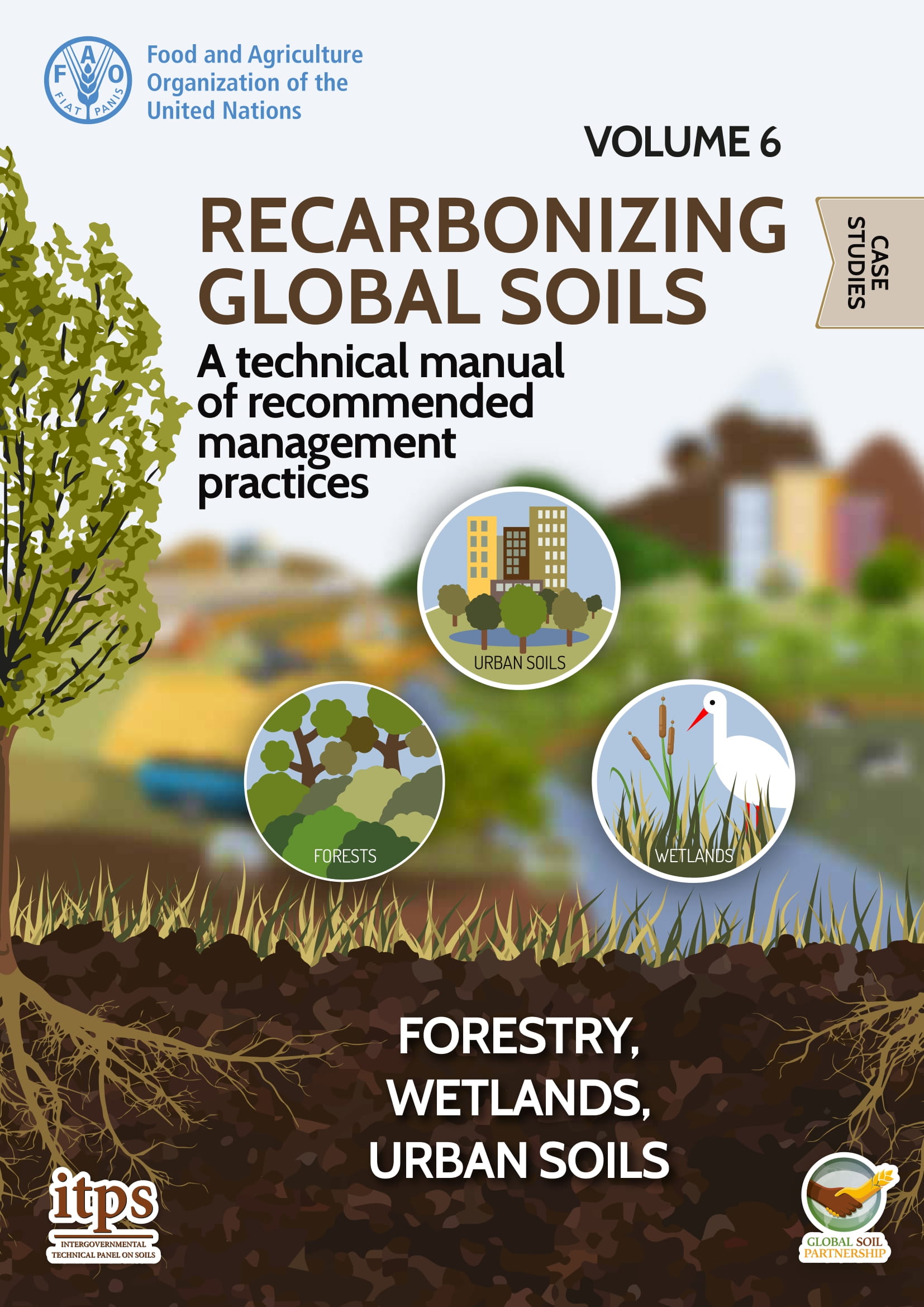
Recarbonizing global soils - A technical manual of recommended management practices
Soils, our ally against climate change!
"Soils constitute the main terrestrial carbon pool."
A look at how our soils help to combat climate change in their role of sequestering CO2, and how unsustainable soil management practices can damage this benefit with potentially devastating consequences.
Background

During the last decades, soil organic carbon (SOC) attracted the attention of a much wider array of specialists beyond agriculture and soil science, as it has proven to be one of the most cost-effective nature-based solutions to reduce and mitigate the effects of climate change. Soils are the largest terrestrial carbon pool and this soil component is one of the key factors in soil health and therefore contributes to achieving several Sustainable Development Goals, in particular Goal 15, "Protect, restore and promote sustainable use of terrestrial ecosystems, sustainably manage forests, combat desertification, and halt and reverse land degradation and halt biodiversity loss", with SOC stocks explicitly cited in Indicator 15.3.1.
Technical Manual
This technical manual is the first attempt to gather, in a standardized format, the existing data on the impacts of the main soil management practices on SOC content in a wide array of environments, including the advantages, drawbacks and constraints. This manual presents different sustainable soil management (SSM) practices at different scales and in different contexts, supported by case studies that have been shown with quantitative data to have a positive effect on SOC stocks and successful experiences of SOC sequestration in practical field applications.

Six Volumes
Volume 1 is an introduction to the full collection and presents the detailed methodology and structure of the following volumes.
Volume 2 includes a description of major areas for consideration for the maintenance or improvement of SOC stocks. This manual defines hot spots of SOC as areas that represent a proportionally little of the global land surface but on which SOC storage is highly effective; bright spots as large land areas with low SOC stocks per km2 that represent a potential for further carbon sequestration.
Volume 3 includes a total of 49 practices available in cropland, grassland, integrated systems and farming approaches.
Volume 4 includes 51 case studies dealing with cropland, grassland, integrated systems and farming approaches.
Volume 5 includes 24 practices available in forestry, wetlands and urban soils.
Volume 6 includes 30 case studies dealing with forestry, wetlands and urban soils management.
This manual has been developed through the participatory work of more than 400 soil management experts from around the world. The document has been peer-reviewed by an Editorial Board composed of members from FAO, ITPS, UNCCD-SPI, the Scientific and Technical Committee of the 4p1000 Initiative and the CIRCASA project.
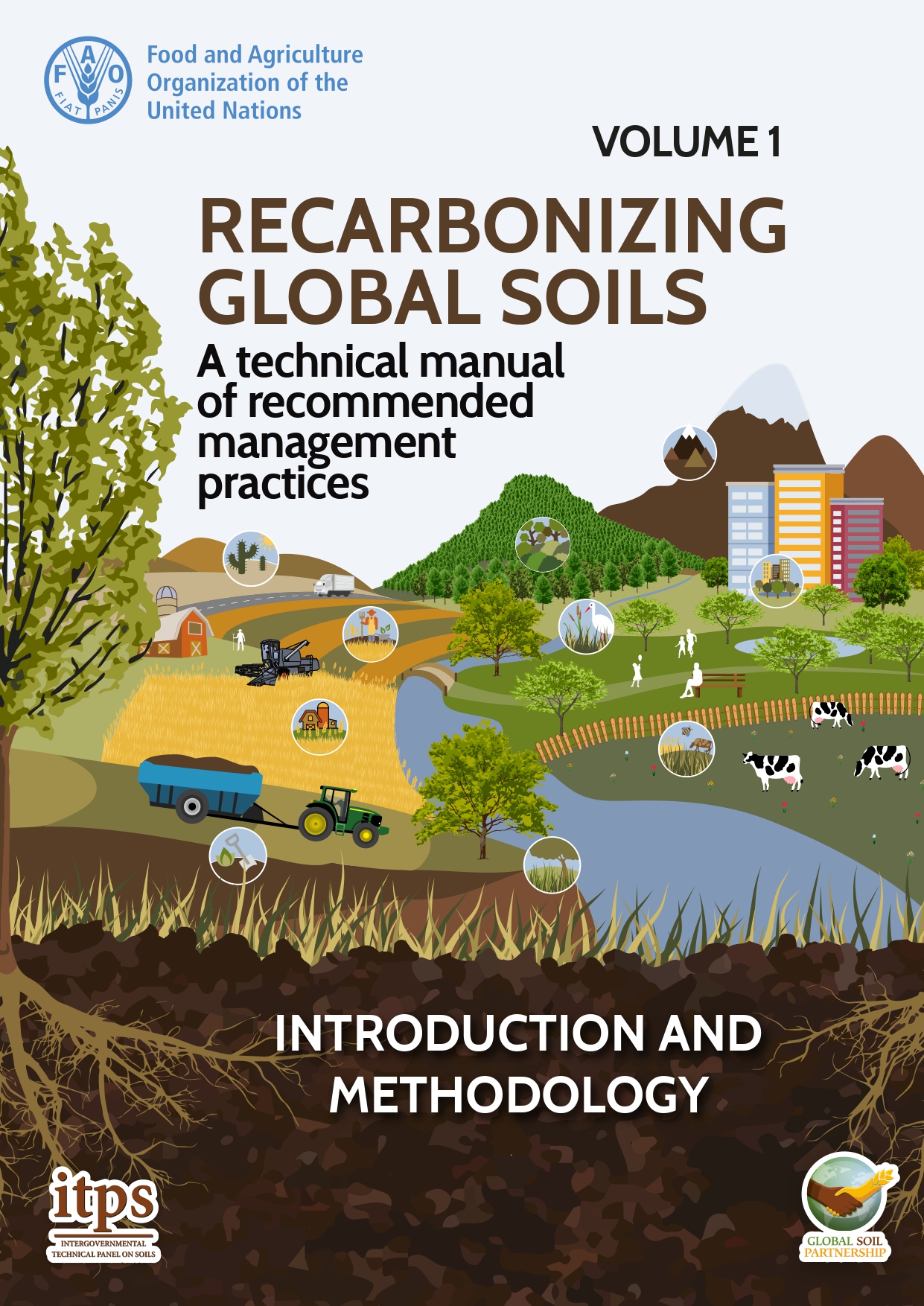
V1: INTRODUCTION AND METHODOLOGY
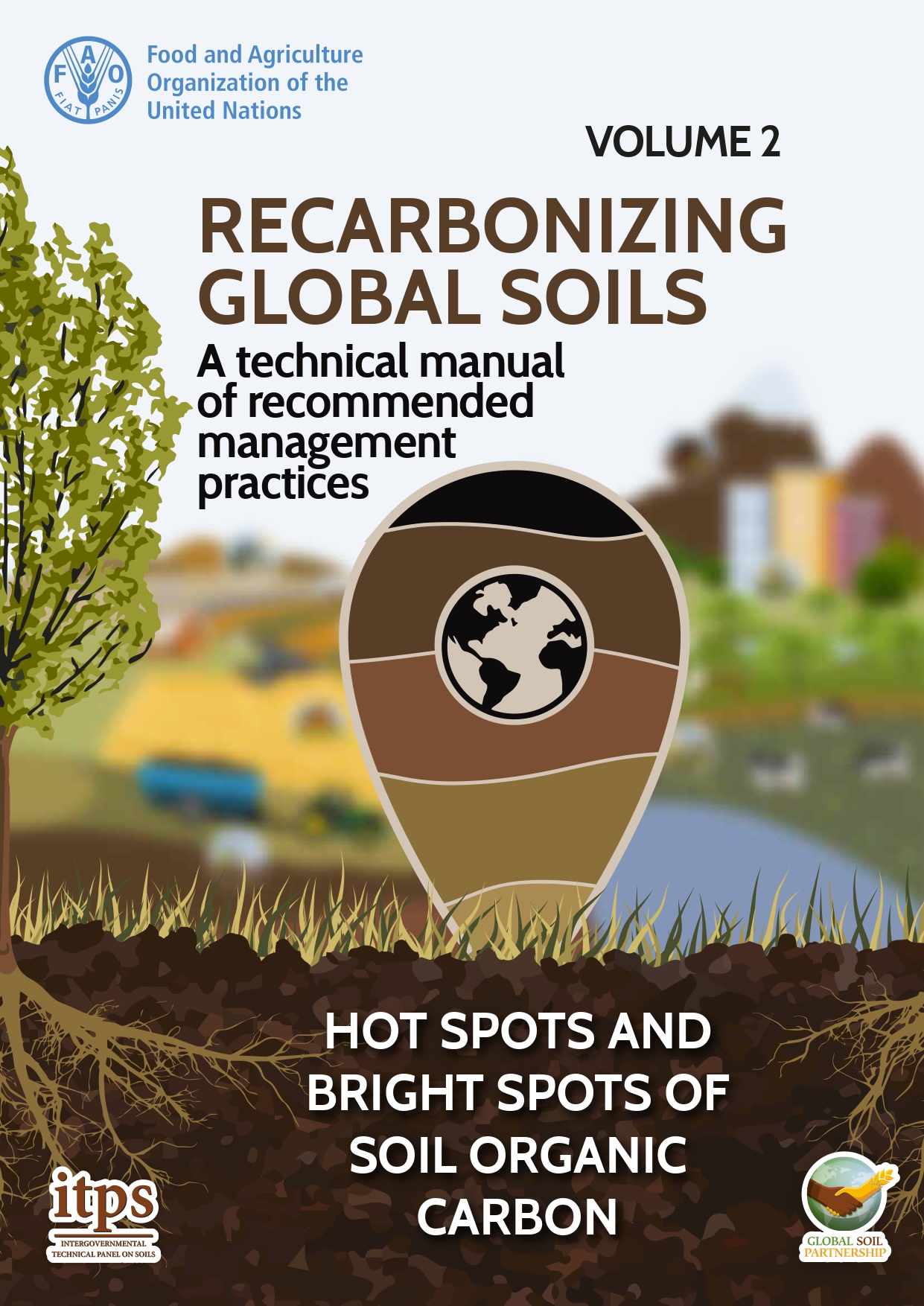
V2: HOTSPOT AND BRIGHT SPOT OF SOIL ORGANIC CARBON
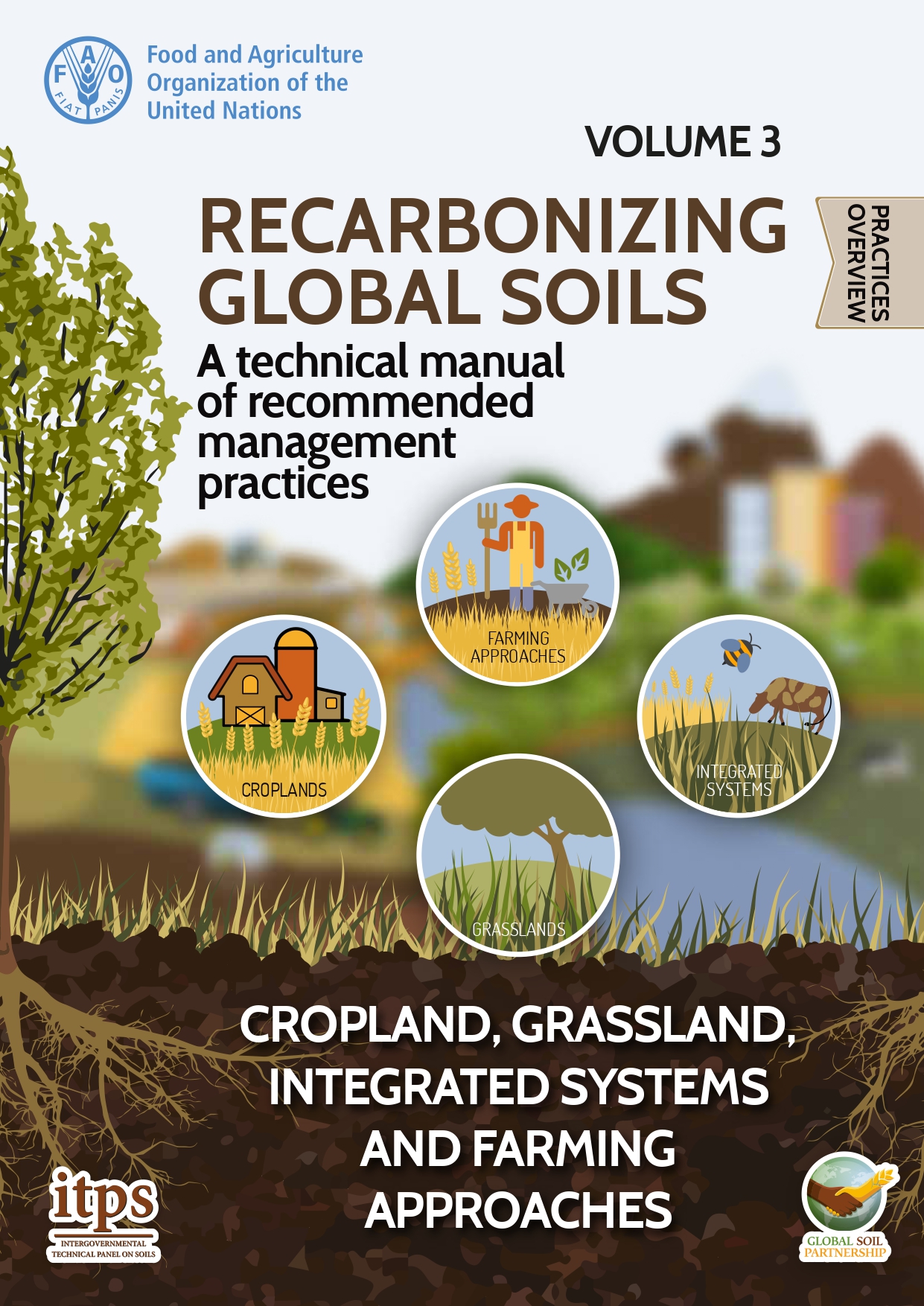
V3: CROPLAND, GRASSLAND, INT. SYSTEMS, FARMING APPROACHES
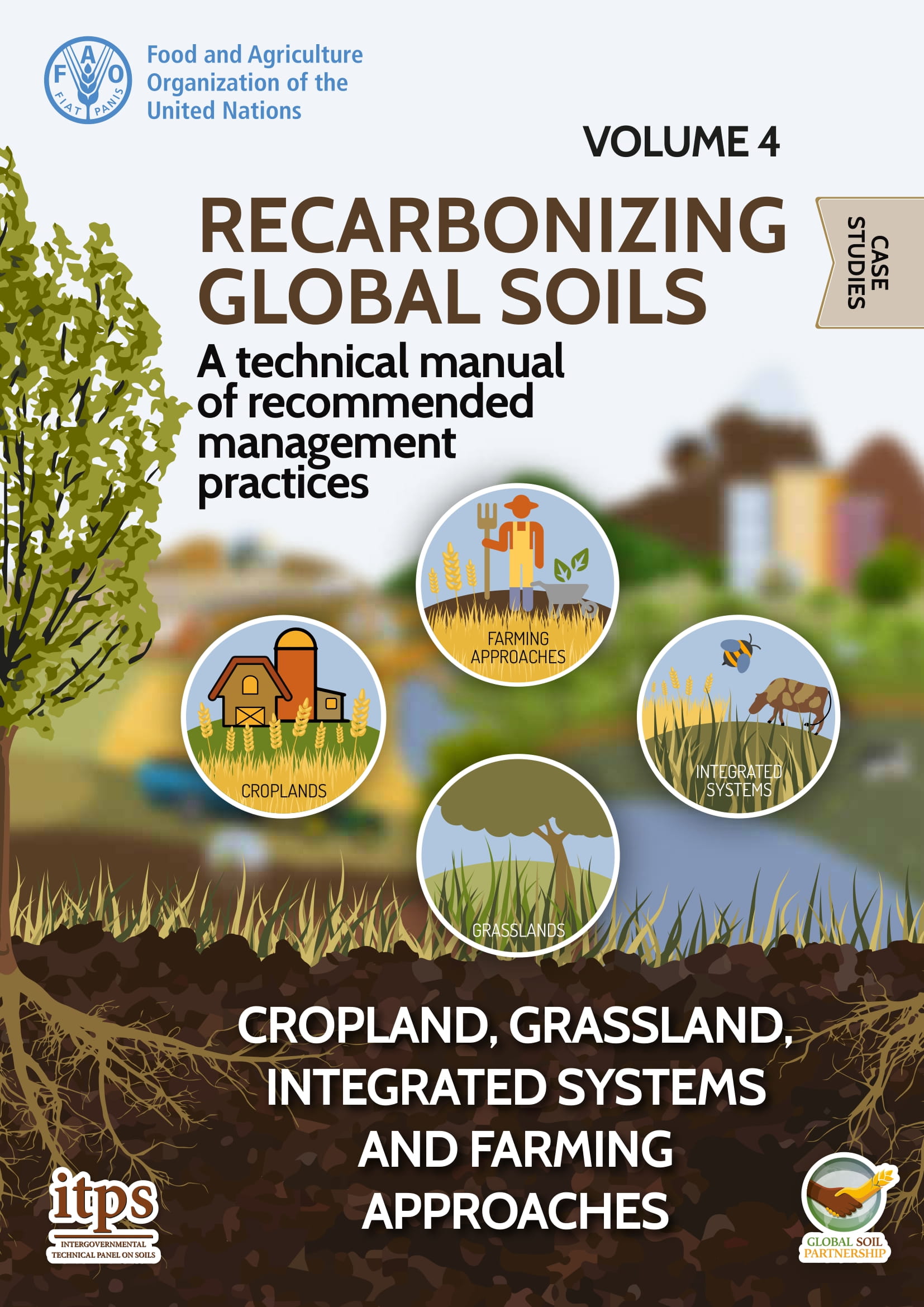
V4: CROPLAND, GRASSLAND, INT. SYSTEMS, FARMING APPROACHES
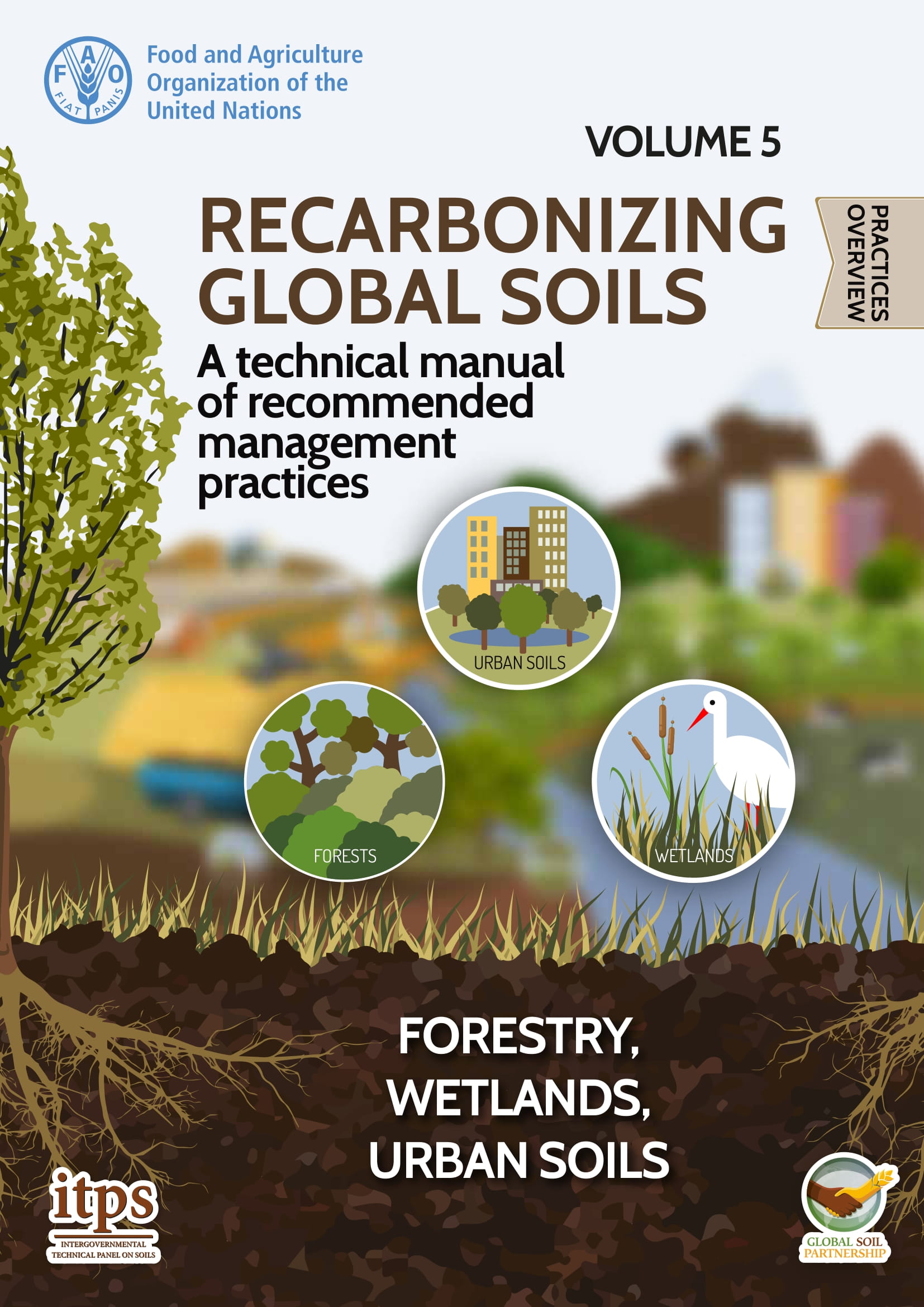
V5: FORESTRY, WETLANDS AND URBAN SOILS
